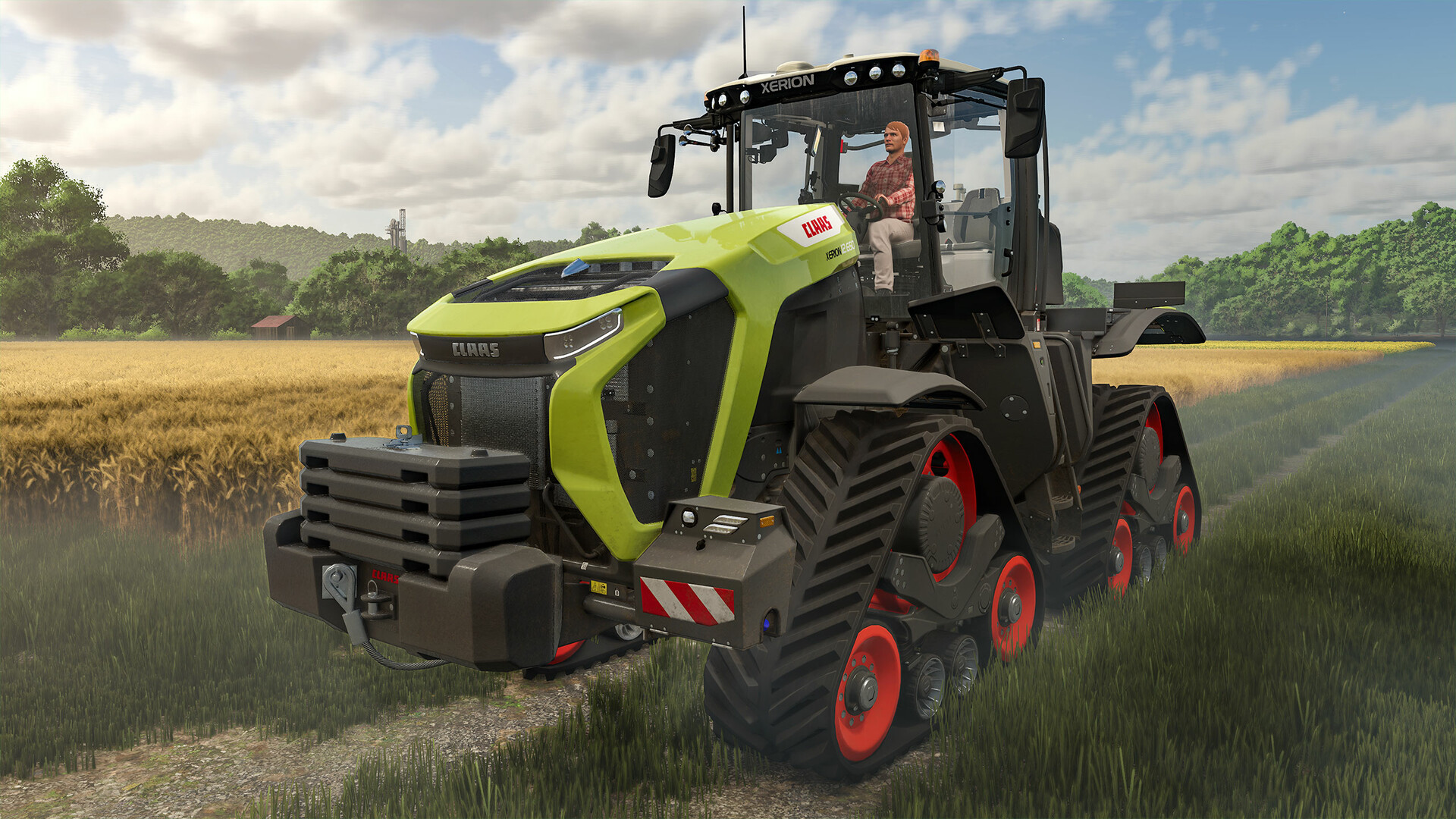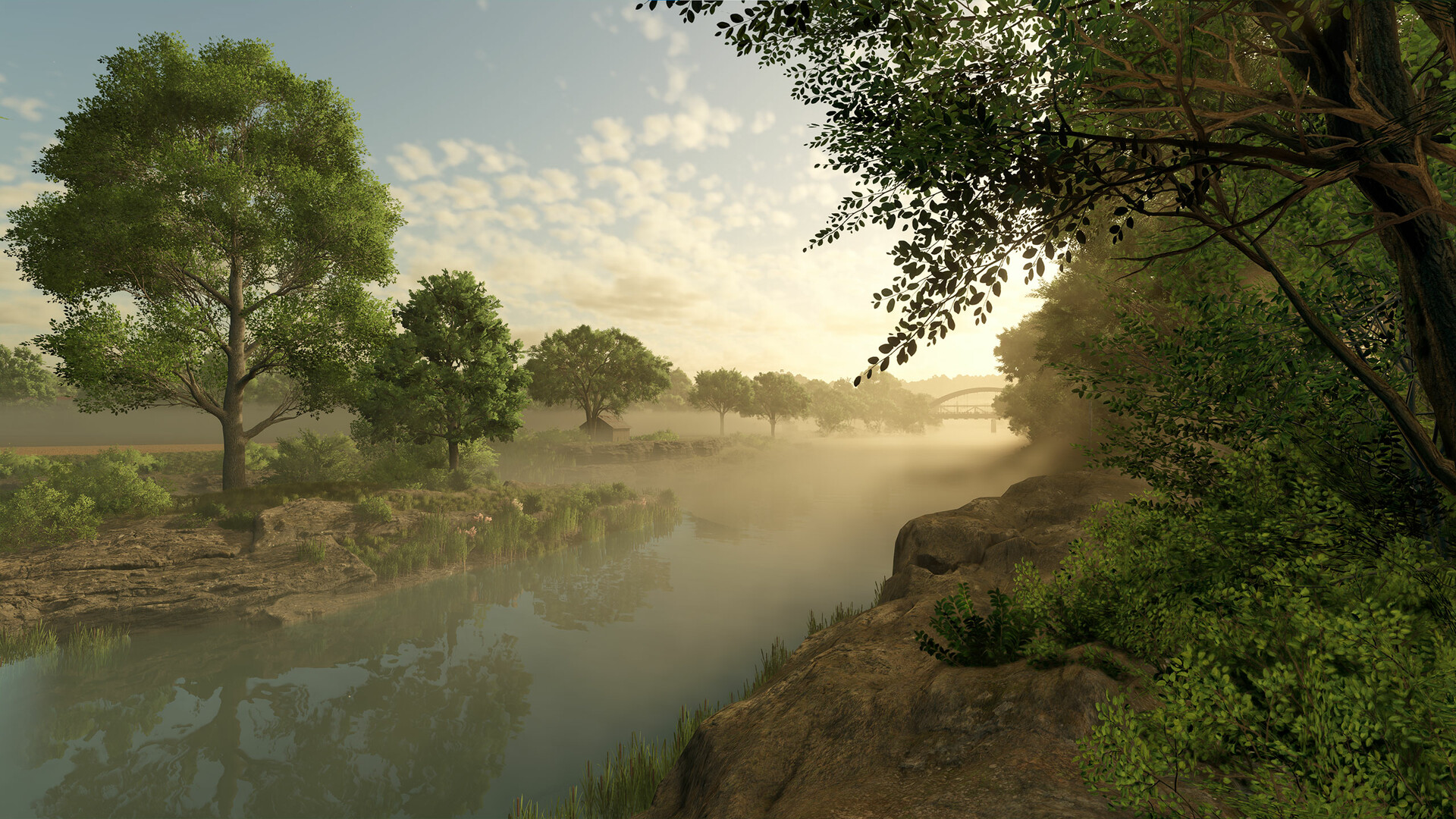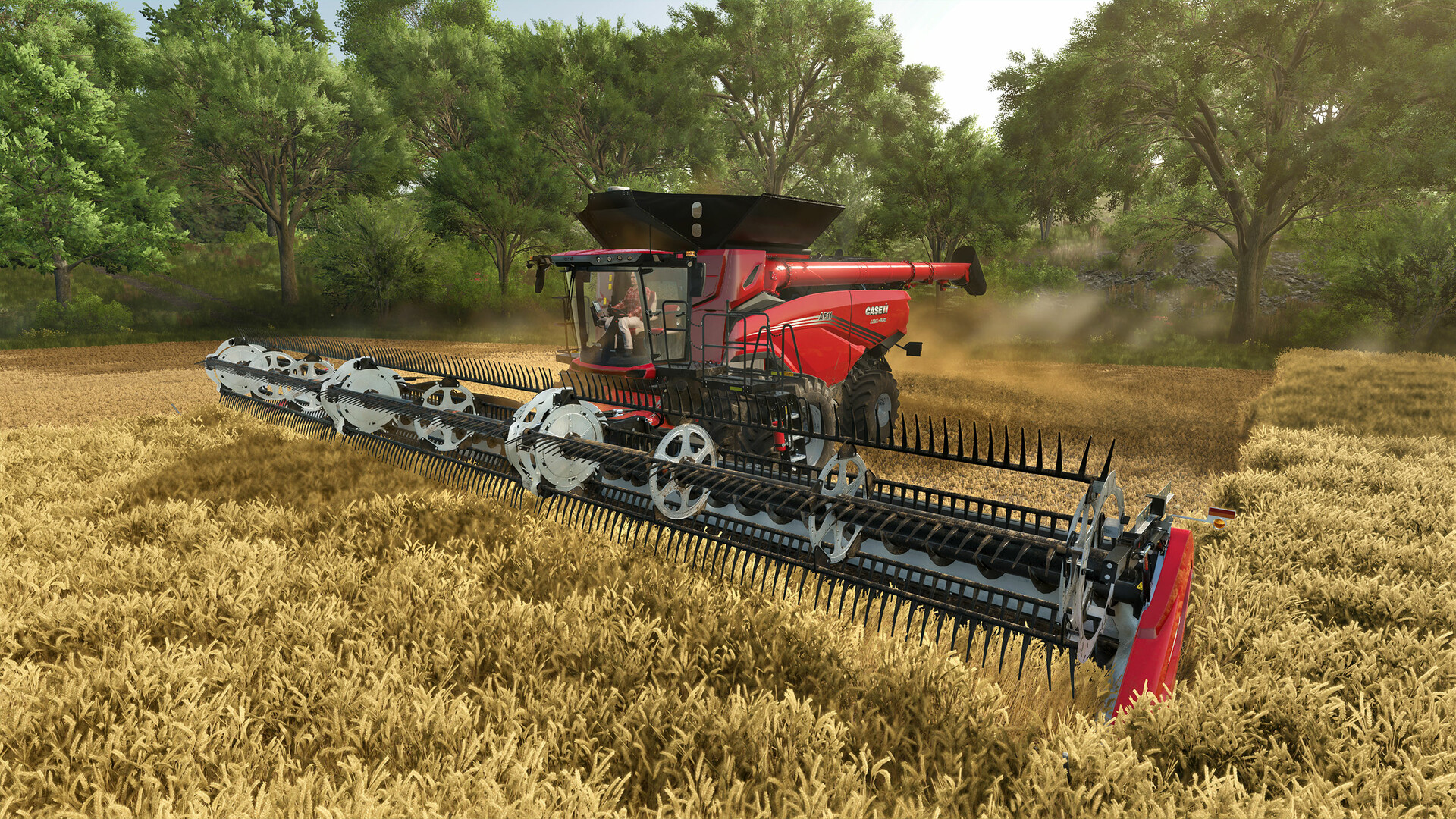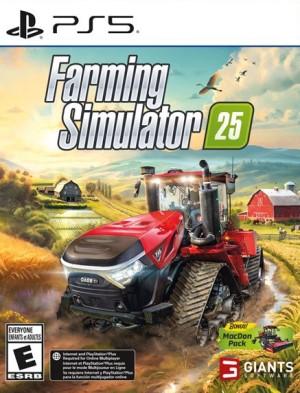
The Farming Simulator series has garnered a sizeable player base over the years, and considering the addictive and uniquely engaging gameplay loop that it boasts, it’s not hard to see why. Its last new release was a while ago, however, and developer GIANTS Software is now ready to offer another new iteration of the formula with the upcoming Farming Simulator 25. From the biggest gameplay changes it will feature to the most significant engine updates the developer has made behind the scenes, we recently had the chance to reach out to Farming Simulator 25’s developers about some of our questions about the game. Below, you can read our interview with GIANTS marketing director Martin Rabl.
"Our goal was to make the best use of the existing technology to improve our players’ gameplay experience."
It’s been a while since the last entry in the Farming Simulator series. What are the biggest gameplay or technological leaps that made the development team decide that this was the year to release another new instalment?
Since its first inception in the late 2000s, Farming Simulator has been continuously improved – not necessarily because we wanted to follow the latest technological trends, but mainly because we strive to make the best simulation title possible. Our goal was to make the best use of the existing technology to improve our players’ gameplay experience.
The GIANTS Engine as it is implemented in Farming Simulator deals with a ton of different gameplay elements. It’s not only the realistic visuals of the machines and the environment, the authentic sounds, but also all the crop-related information, the in-game economy, animal and NPC behavior. Essentially, we can say that our decision to release a new installment was less driven by technological factors but more by our wish to add new gameplay features and improve on the simulation aspects: Creating a successor to the acclaimed Farming Simulator 22, which was released in 2021.
Of course, technological progress has made it much easier to create a more realistic, life-like world for our players to enjoy. The increased performance of the current generation platforms makes it easier to work with more complex shaders, make use of native functionality and in general allows us to run more extensive simulations.
Farming Simulator 25 is set to introduce a new location in the form of East Asia. What are the biggest gameplay changes and additions that players can expect from it?
Like said before, the main driving factor in our development is to create a more realistic simulation of real-world farming. This means that for the Farming Simulator series we focus first and foremost on the different aspects of agriculture and related fields (pun intended) like animal husbandry and forestry.
One feature our players were asking for is ground deformation. In reality tractors compact the soil beneath their tires, especially when the ground is wet. Similarly plows break up the ground and make it uneven to drive across it. When we started working on this, it became clear that it would allow us to also create rice paddies as a new feature – which in turn led us to create the East Asian map.
As it is the first realization of the new feature, we created a map that is a colorful pastiche of East Asian landscapes and settings. There are classical and modern set pieces to demonstrate the potential the upgraded GIANTS Engine offers.
Farming Simulator 25 is also promising significant additions to the series’ roster of crops, animals, machinery, and more. When working on a new entry, what’s the process of deciding on which of these new introductions should and shouldn’t make it in? What kind of a balance do you seek to strike between fun and authenticity?
That is a tough question – especially because authentically simulating machines, animal behavior and crop cycles are the fun bit of Farming Simulator. The balance we need to find is between how authentic can we be while at the same time not going overboard with the technological cost. So, sometimes we need to cut corners in regards to authenticity – as we want Farming Simulator to be a relaxing, stress-free experience for everyone.
"The main driving factor in our development is to create a more realistic simulation of real-world farming. This means that for the Farming Simulator series we focus first and foremost on the different aspects of agriculture and related fields (pun intended) like animal husbandry and forestry."
What are the biggest upgrades that you’ve made to your engine for Farming Simulator 25’s development?
Our engine got a pretty big overhaul since the last iteration of the game. The graphics part includes such important upgrades like non-uniform density and dynamic fog; volumetric lighting; dynamic, soft shadows; improved materials systems that react to environmental effects; decals on terrain and machine surfaces (e.g. mud splatter); interactive water simulation and reflections; higher terrain resolution and improved terrain mapping that now influences the driving physics; more detailed NPC; we reduced the size of meshes through compression, freeing up valuable slot space for mods on consoles; and most of all, we were able to increase the performance of several subsystems…
As you can see, the world now looks even more realistic while at the same time giving us the leeway to add more, cool gameplay and comfort features for the players to appreciate and the modder to work with, like the materials system, different lighting set-ups on machines, higher detailed machine animations, working vehicle dashboards, emissive light maps, things like that.
What was behind the decision to not release Farming Simulator 25 as a cross-gen title?
With all the changes we made, we reached a certain point where, despite our best efforts to optimize the engine, it became no longer viable to try to be downwards compatible. The performance boost the PS5 and Xbox Series models offer over the PS4 and Xbox One consoles is significant, that is why we were able to implement the new lighting system and the other upgrades. This would not have been the case if we had to restrict ourselves to machines that are now more than ten years old and offer less performance.
That is why we decided to drop the previous console generation and focus on the current and next-gen models.
While that may come as a disappointment for users of these devices, technology has moved on and to make the best possible Farming Simulator, we needed to make a cut and move on.
Do you have any plans to bring the game to also bring the game to the Switch, or perhaps its upcoming successor, down the road?
For the time being we are fully committed to working on Farming Simulator 25. We may in the future, once work on the current version is done, look at a new version for mobile platforms. But nothing we can speak about today.
"Our engine got a pretty big overhaul since the last iteration of the game."
Given that you have experience working with all the current-gen consoles, I was hoping to pick your brain on some of the differences between them. For instance, where their GPUs are concerned, the PS5 clocks in at 10.28 teraflops, behind the Xbox Series X’s 12 teraflops. In real terms, however, how much of an impact does that difference have during development?
We want to maximize the gameplay experience for all players no matter what platform they are on – with of course the caveat that older generations do considerably lack the power for the modern visuals and simulation depth we strive for.
What frame rate and resolution will the game target on the PS5 and Xbox Series X/S?
We expect a smooth game experience with 30fps, and a render resolution of ca 3k x 1.6k on PS5 and Series X, with an upscaling to 4k.


















